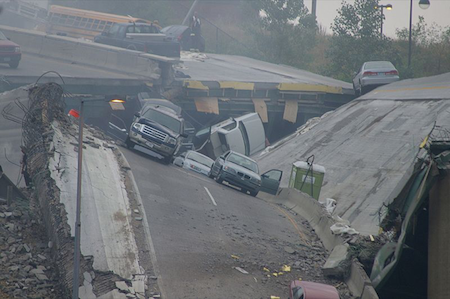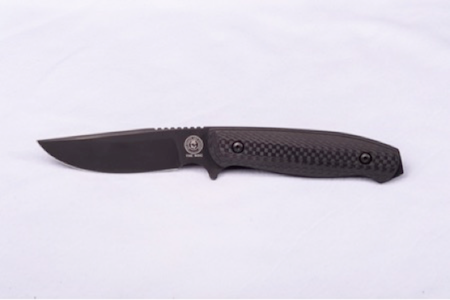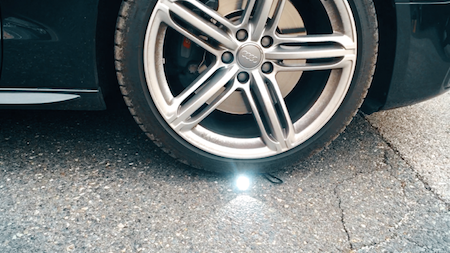Dear Black Bag Confidential Reader,
Americans spend a lot of time on the road. Especially if you live in a place like Los Angeles, where a 10-mile trip can take over two hours (I don’t miss that).
Just as it is important to have a go bag at home and at your office, you should be equally prepared when you’re out and about. In addition to potentially being involved in an automobile accident, you could find yourself in a life-threatening survival situation while in your vehicle.

Avoid an Accident
Because of everything going on in the world we now live in, SITUATIONAL AWARENESS is vitally important anytime you get behind the wheel. You really need to “keep your head on a swivel.” This starts before you even turn the key:
- Perform a quick walk around the car, paying particular attention to the tires to ensure they are adequately inflated.
- Take a quick peek below the car to look for any fluid leaks.
- Look inside the car before you get in (especially at night) to make sure you don’t have an uninvited passenger.
- Never let your fuel level get below a quarter tank.
One of the best ways to avoid an accident once you’re on the road is to maintain the proper distance from the car in front of you. This distance increases as your speed increases.
As a general rule, you must be able to see the bottom of the tires of the vehicle in front of you, but again — as your speed increases, this distance must increase. I highly recommend leaving at least a four-second gap between you and the vehicle in front of you. This will give you more time and more options (for example, hitting the brakes or changing lanes = accident avoidance).
Prevent a Carjacking
Carjacking — defined as forcibly stealing a car while it is occupied — has increased in popularity since more anti-theft devices are now included in automobiles. For criminals, it’s easier to steal a car that is running than a vehicle that is parked and locked with the alarm screaming.
- Once again, you must actively implement good SITUATIONAL AWARENESS. Keep an eye on all of your mirrors for a 360-degree sense of alertness.
- Ensure your doors are locked.
- When approaching an intersection with a stop sign or traffic light, maintain the length of your vehicle (at least) from the car in front of you as a buffer. This will allow for room to escape.
- If you are bumped from behind, or are going to assist in an accident or vehicle with a problem, pull over only when you reach a safe public place.
- Have your phone in hand and be prepared to dial 911 and accurately describe location and situation.
Vehicle Survival Gear
In addition to having a bug-out bag stocked with standard survival gear in your car (which you can keep in the trunk), you need to have the following items within reach in your car:
- Window breaker/seat belt cutter. If you’re in an accident or get trapped in a sinking vehicle, you need a way to extricate yourself quickly. You can find this 2-in-1 tool at pretty much any big-box store. Another option is the NOC Knife (pictured below). The razor-sharp AEB-L steel blade can cut through your seatbelt in seconds and there’s a glass-breaker tip on the end of the handle.

- Flashlight. The SEAL Torch 2000 is an essential addition to any vehicle survival kit. In an emergency situation, this is the perfect hazard light. The super bright SOS feature will signal for miles that you need help. And you can break a car window with the aggressive muzzle edge. Plus it’s virtually indestructible. Check it out:

- Self-defense weapon. I have a concealed weapons permit, so I keep a handgun in my vehicle. Another nonlethal option is bear spray (pictured below). Just be sure to pay attention to which way the wind is blowing.

At the very least, you should have your tactical pen on you. This incredible self-defense tool can also break glass if you need to escape your vehicle in an emergency situation.
Be a survivor… not a statistic,

Cade Courtley






